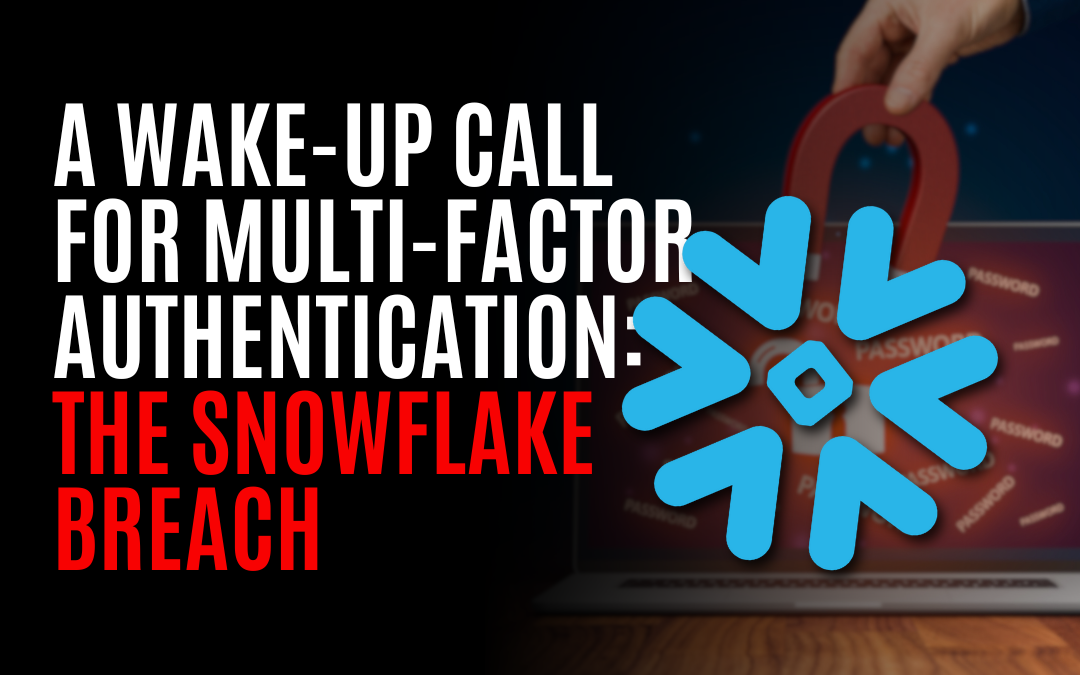In a recent and unsettling revelation, Snowflake, a prominent cloud storage company, experienced a significant security breach. This incident, which involved stolen login details and the deployment of infostealer malware, has brought to light the ever-pressing need for multifactor authentication (MFA). The breach not only compromised Snowflake’s integrity but also affected major firms like Ticketmaster and Santander, underscoring a broader trend of escalating data breaches targeting cloud storage entities.
The Mechanics
The mechanics of the breach are alarmingly straightforward yet sophisticated. Criminals utilized stolen login credentials, likely harvested through infostealer malware, to infiltrate customer accounts. This method of attack is familiar but continues to be devastatingly effective. Discussions about the breach have dominated forums like BreachForums, a notorious cybercrime marketplace known for the sale of stolen data. Despite repeated crackdowns by law enforcement, such forums rapidly resurface, often more resilient than before.
The involvement of known hacker groups like ShinyHunters in these breaches adds another layer of complexity. These groups are adept at stealing massive amounts of data and evading capture, partly due to the nebulous nature of tracing the origins of cyberattacks. The pandemic has further complicated this landscape, as cybersecurity practices struggled to keep pace with the rapid shift to digital platforms and remote work environments.
What Did We Learn
What is particularly noteworthy in the aftermath of the Snowflake breach is the clear call to action from Snowflake, urging its customers to adopt multifactor authentication and reset login credentials. This advice is not just a knee-jerk reaction but a crucial step towards strengthening security defenses. MFA, by demanding multiple forms of verification, acts as a vital barrier, significantly hindering unauthorized access.
However, the challenge continues beyond implementing MFA. The breach highlights several critical areas needing attention. First, there is an evident risk associated with single-factor authentication systems, which are remarkably vulnerable to such attacks. Second, the role of third-party service providers has come under scrutiny; their integration often introduces new vulnerabilities only if managed with stringent security measures.
Furthermore, the swift resurgence of cybercrime marketplaces post-seizure by authorities points to a larger issue of persistent cybercriminal activities and the urgent need for more effective global cooperation in law enforcement efforts. In addition, companies must bolster their security measures not in isolation but across all interconnected services to build a more robust defense against cyber threats.
In response to these challenges, companies must enforce multifactor authentication across all user accounts without exception. Following a breach, immediate action is required—not only resetting login credentials but also a thorough investigation in collaboration with cybersecurity firms to understand the breach’s scope and prevent future incidents.
Educating customers and clients about the risks associated with outdated security practices is equally crucial. Regular security audits and vulnerability assessments should become routine, ensuring that security protocols evolve in tandem with emerging threats.
The Snowflake incident serves as a stark reminder of our shared vulnerabilities in an increasingly interconnected digital world. It underscores the necessity of adopting more rigorous, multi-layered security strategies to safeguard sensitive data against sophisticated cyber threats. As we navigate this complex cybersecurity landscape, the implementation of multifactor authentication isn’t just recommended; it’s imperative for securing the digital frontier.


